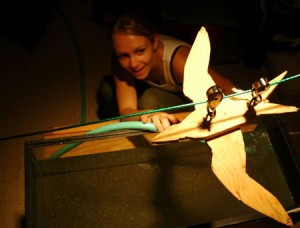Antipredator Traits

Stickleback are consumed by many predators and have evolved a diversity of antipredator defenses including spines (for which the threespine stickleback is named), bony lateral plates and a host of predator-avoidance behaviors. Because this small fish occupies a variety of habitats, the predator assemblages to which they are exposed can differ markedly. In lakes devoid of chasing predatory fish (e.g., salmonids) stickleback often lose much or all of their pelvic armor. We are currently exploring the effects of salmonid introduction on the subsequent evolution of the pelvic girdle in these pelvic-reduced populations. Our research demonstrates rapid, contemporary evolution in some of these populations (Kindinger). Stickleback not only avoid predation by being hard to swallow, but also by being hard to catch in the first place. Ongoing research in our laboratory explores relationship between native predator environment and antipredator behavior. This research explores variation in performance and laterality of the fast-start reflex (Rana), in responses of fish from different predator environments to visual stimuli provided by different kinds of predators (Wund), and in olfactory perception of predators (Golub). The role of learning at different life history stages in generating appropriate antipredator responses is also a focus of research in the laboratory (Golub, Wund).